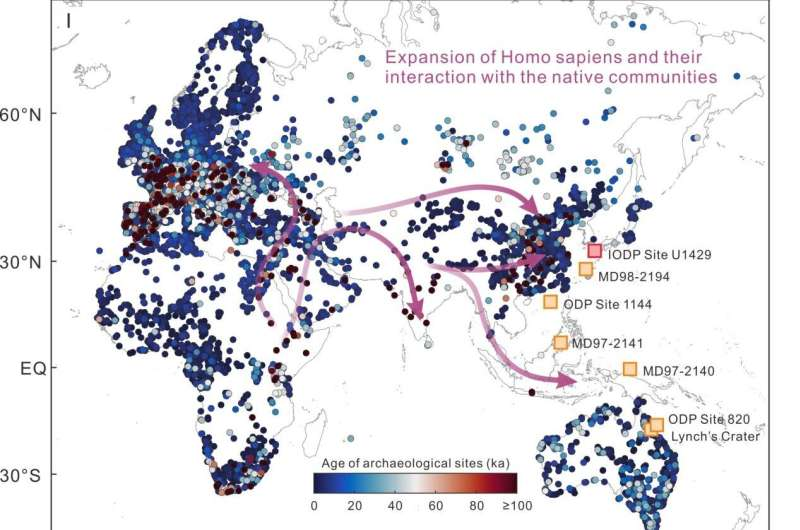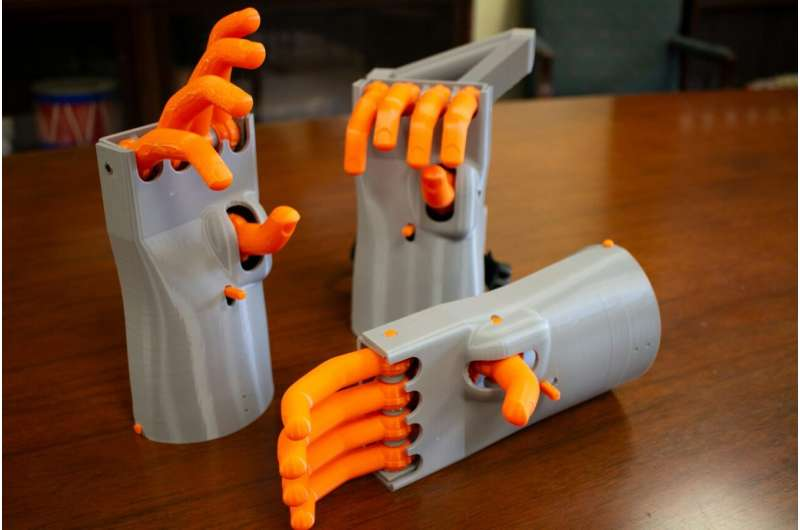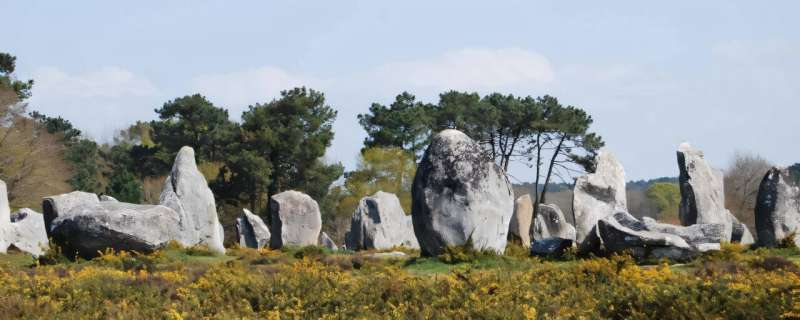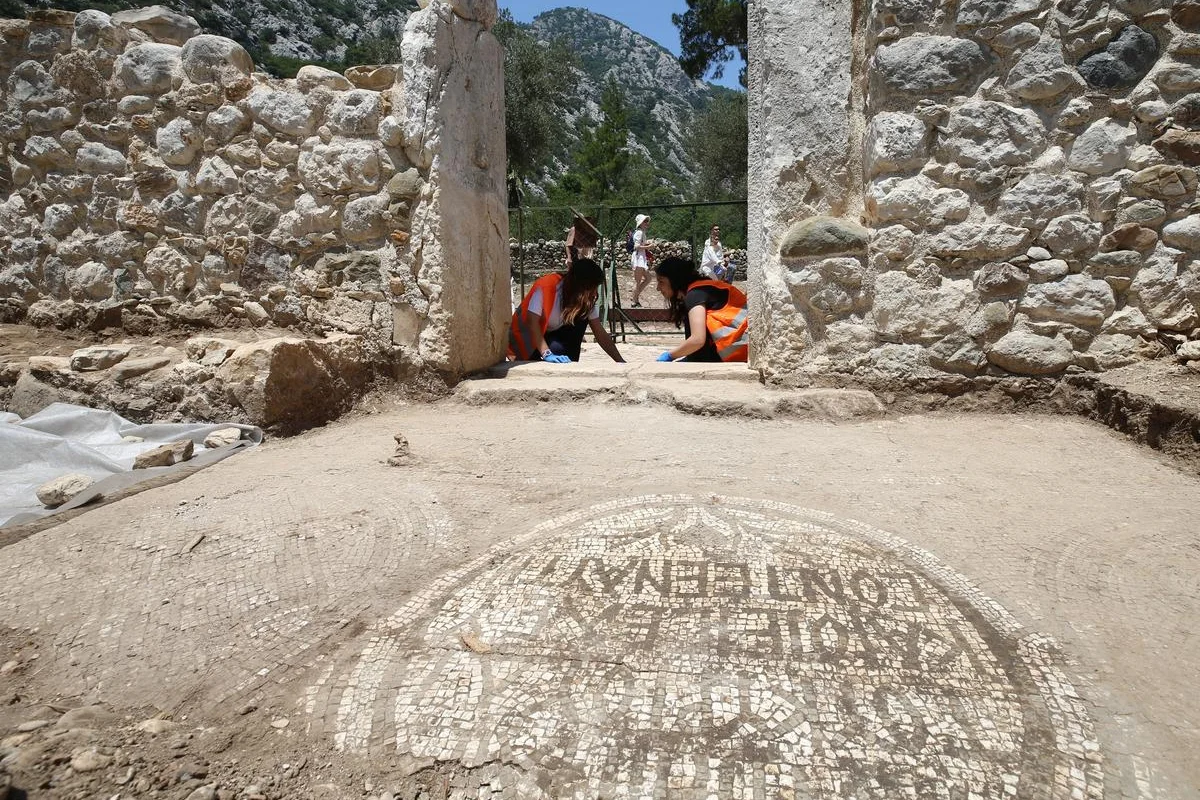The village of Palaiokastro in Gortynia, Arcadia, although small with few inhabitants, hosts one of the most significant archaeological sites of the Mycenaean period in Greece. The Mycenaean cemetery and the ancient necromanteion discovered there reveal new aspects of Greece’s prehistory, offering significant insights into the religious and ritual practices of the Mycenaeans. These findings bring to light part of the mysterious world of religion and death cults of the time, while the potential link between the site and the Homeric city of Pherae (Phere) adds particular importance to the location.
The Extensive Mycenaean Cemetery
The archaeological excavations on the hill of Palaiokastro, which began in 1955 and continued systematically from 1979, brought to light a large Mycenaean cemetery. With a total of 500 tombs, of which approximately 150 have been excavated, the cemetery is considered the largest discovered in Greece. The tombs, of various types such as tholos, chamber, shaft, and box-shaped, reveal the long-term use of the site for over 400 years, from 1500 to 1100 BCE.
The rich burial offerings discovered in the tombs, including gold jewelry and pottery, indicate the prosperity of the community that lived there. These findings are exhibited at the Archaeological Museum of Tripoli and demonstrate the region’s connection with broader cultural and trade exchanges of the Mycenaean era. The significance of the cemetery is immense, as it sheds light on previously unknown aspects of Mycenaean burial and social life.
The Mycenaean Necromanteion
Within the cemetery, a ritual structure was found, which, according to archaeologist Theodoros Spyropoulos, functioned as a necromanteion. This necromanteion, the only one of the Mycenaean period discovered to date, is considered the oldest in Greece and operated from 1600 to 1200 BCE. It is an underground chamber tomb with a corridor and chamber, where a platform was found with a small house-like structure and a pillar-shaped boulder (baetyl) that served as an aniconic representation of a deity.
The unique construction of the necromanteion, with openings in the walls and a libation basin in the ceiling, resembles the Nekyia described in Homer’s Odyssey. The “psychagogoi"—holes in the walls—suggest the use of the site for summoning the dead. The necromanteion of Palaiochastro was likely used for rituals related to ancestor worship and communication with the underworld, offering rare insights into Mycenaean religious practices.
The Significance of Homeric Pherae
One of the most enigmatic issues related to Palaiochastro is its potential connection to the Homeric city of Phere, as described in Book XI of the Odyssey. According to historian Konstantinos Syriopoulos, the area of Palaiochastro likely corresponds to the capital of King Orsilochus’s kingdom, which hosted Telemachus on his journey to Sparta.
The geographical location of Palaiokastro, near the rivers Alpheios and Bouphagos, along with its strategic position offering panoramic views, supports this hypothesis. If this identification is correct, Mycenaean topography takes on new dimensions, as the Mycenaean site of Kakovatos is also identified with Nestor’s Pylos. Thus, Palaiokastro is not only linked to the world of religion and the dead but also to the geography and history of the Homeric era.
Conclusion
Palaiochastro in Gortynia is one of the most important archaeological sites in Greece. The extensive Mycenaean cemetery, along with the unique necromanteion, sheds light on the religious life and burial practices of the Mycenaeans, while its potential identification with Homeric Phere opens new avenues for understanding the topography and history of the Homeric period. This site, with its ancient religious and cultural significance, offers invaluable insights into the prehistoric world of Arcadia and its long-standing use.










